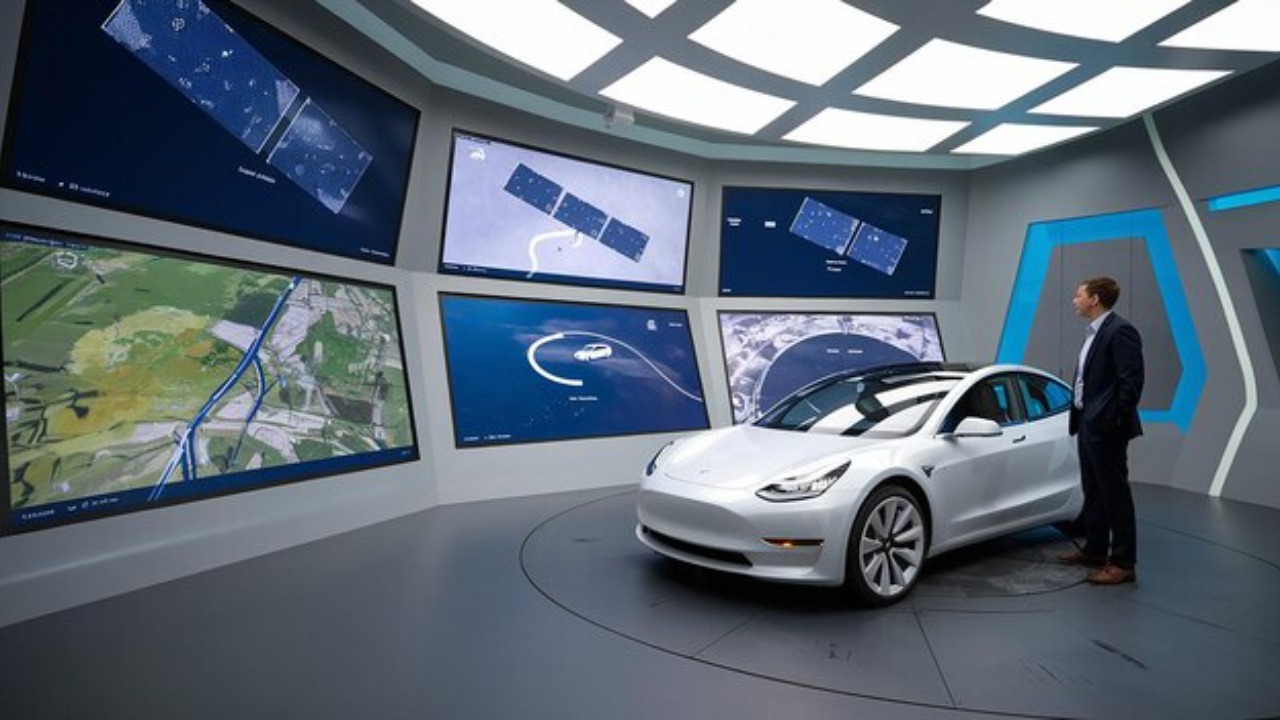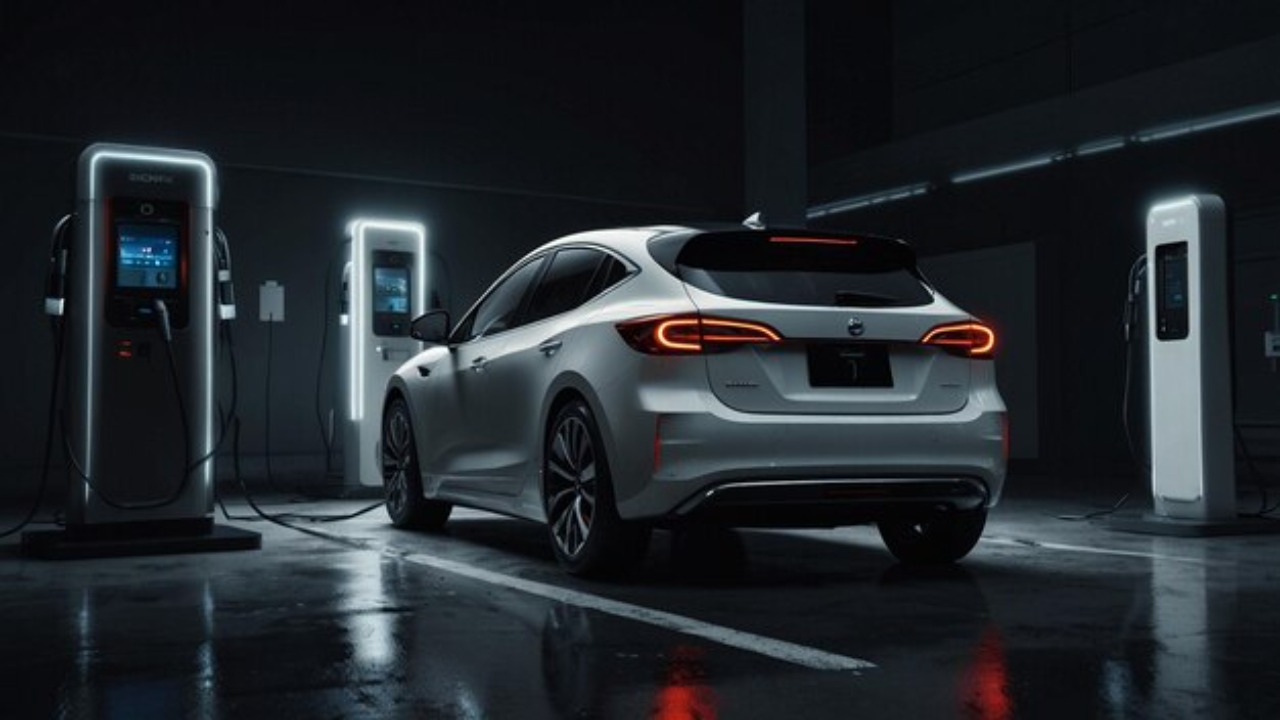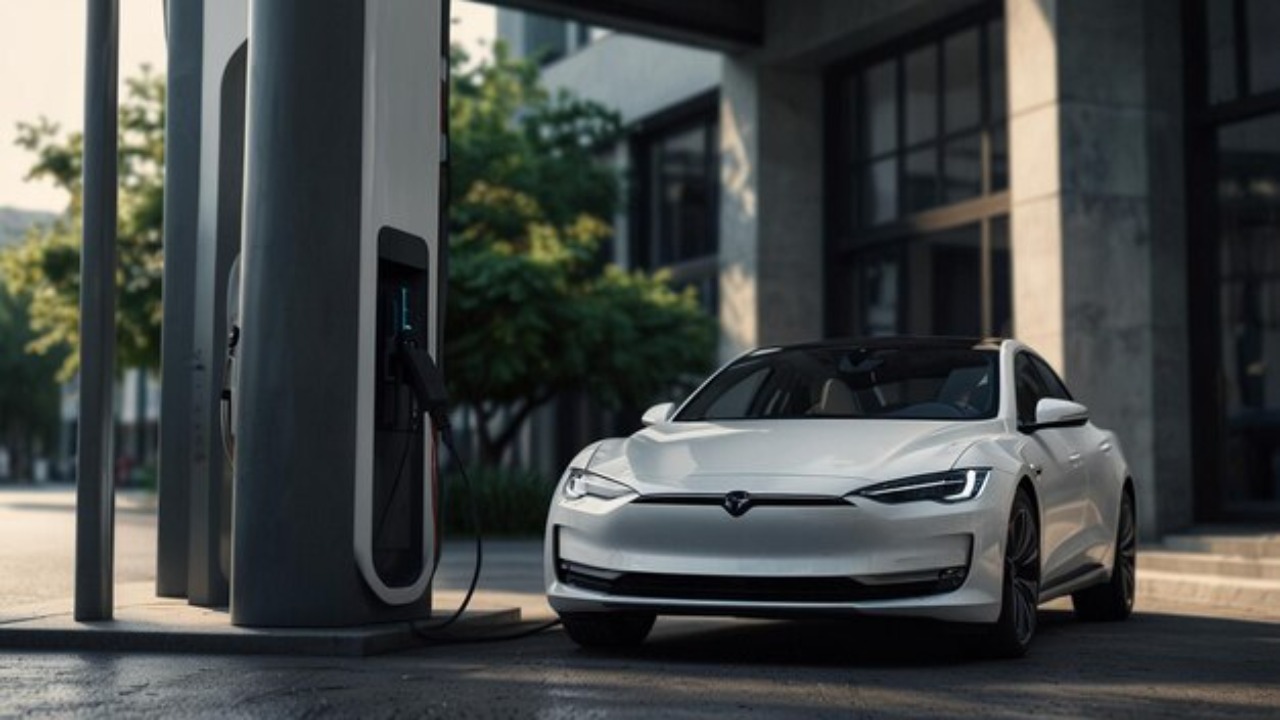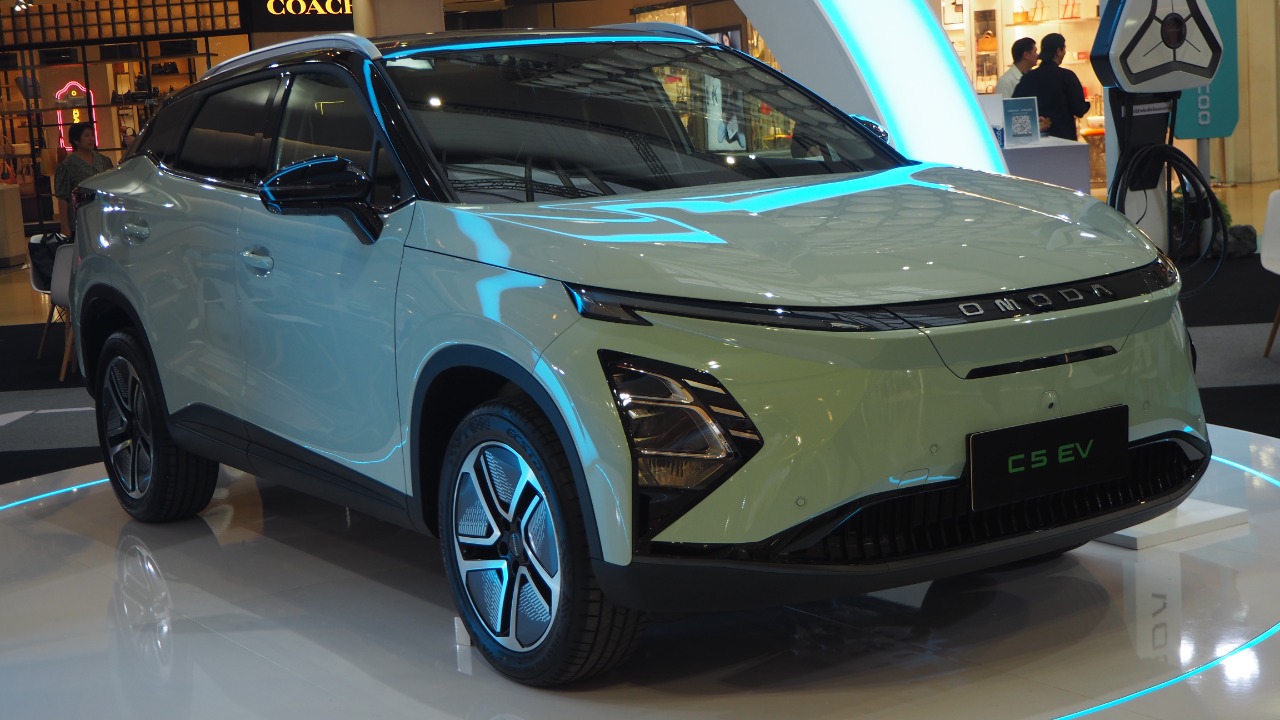
Electric vehicle (EV) range is a hot topic among consumers and manufacturers, often leading to misconceptions and exaggerated claims. Understanding the nuances behind EV range ratings and the factors that influence them is crucial for consumers aiming to make informed decisions. This exploration delves into the complexities of EV range, examining why these figures are often overstated and how this impacts consumer trust and EV adoption.
Understanding EV Range Ratings

EV range refers to the distance an electric vehicle can travel on a single charge, and it’s typically measured using standardized tests like the Environmental Protection Agency (EPA) and Worldwide Harmonized Light Vehicles Test Procedure (WLTP). These tests provide a baseline for comparison among different models, but the figures they produce are often just starting points. The EPA test, for example, involves a combination of city and highway driving conditions, while the WLTP test offers a more dynamic driving profile but still occurs under controlled conditions.
Several factors contribute to the variability of EV range, including driving behavior, temperature, and terrain. Aggressive driving can significantly reduce range, as can cold weather, which affects battery performance. Similarly, hilly or mountainous terrain requires more energy than flat surfaces. The difference between lab tests and real-world conditions means that drivers may not always achieve the range advertised. A deeper understanding of these elements can help consumers align their expectations with reality.
Why EV Range is Often Exaggerated

Manufacturers often capitalize on optimistic range estimates as a key marketing strategy, enticing buyers with the promise of longer distances on a single charge. This approach can be misleading if not contextualized with real-world performance data. Automakers sometimes exploit testing loopholes and inconsistencies to present their vehicles in the best possible light. For instance, the tests can be conducted under ideal conditions that are rarely replicated in everyday driving.
Regulatory bodies play a significant role in this dynamic by setting the standards for testing and certification. Unfortunately, these standards can sometimes allow for exaggerated claims. Inconsistencies between different regions’ standards, such as those between the EPA and WLTP, further complicate the landscape. This confusion can lead to inflated expectations among consumers, highlighting the need for more transparency in the reporting of EV range.
The Impact of Exaggerated Range Claims

When manufacturers overstate EV range, it can lead to consumer dissatisfaction and mistrust. Buyers may find that their new electric vehicle doesn’t meet the promised performance, resulting in a disconnect between expectations and reality. This gap can hinder consumer confidence and slow the broader adoption of EV technology, as potential buyers become skeptical of the claims made by automakers.
Exaggerated range claims can also have implications for the resale value of electric vehicles. If a model earns a reputation for not meeting its stated range, its desirability on the used market may diminish, impacting its long-term value. Understanding these dynamics is essential for both consumers and industry stakeholders aiming to foster a sustainable and transparent EV market.
What Real-World EV Range Means for Consumers

Consumers need to evaluate their driving habits and needs when considering EV range. It’s crucial to assess how often and how far you typically drive, as well as the types of conditions you encounter. For many, daily commutes and errands fall well within the range of most electric vehicles, alleviating concerns over range anxiety.
The development of charging infrastructure plays a pivotal role in addressing range concerns. With more charging stations available, drivers have greater flexibility and peace of mind when taking longer trips. Evaluating range alongside other factors such as cost, convenience, and sustainability is key to making a well-rounded decision. As noted by industry experts, understanding the broader context can help consumers feel more confident in their choice.
How to Make Informed EV Purchase Decisions

To make informed decisions, consumers should conduct thorough research and comparisons of different EV models. It’s important to look beyond just the range figures and consider other aspects such as reliability, user reviews, and overall performance. Test driving is another essential step, offering firsthand experience of how a vehicle performs in real-world conditions.
Utilizing technology and tools designed to monitor and optimize EV range can also aid in making informed decisions. Apps and online resources can provide valuable insights into energy consumption and help drivers manage their expectations. These tools can be instrumental in bridging the gap between advertised and actual range, empowering consumers with the knowledge needed to make a purchase that suits their lifestyle.
The Future of EV Range and Consumer Trust

Advances in battery technology promise to improve both the accuracy and performance of EV range. Innovations in this field are likely to bring more reliable and consistent range figures, fostering greater consumer trust. As manufacturers continue to develop these technologies, the gap between lab-tested and real-world range should narrow.
Transparency and accountability from both manufacturers and regulatory bodies are crucial in building consumer confidence. Clear and accurate range reporting can enhance trust in electric vehicles, encouraging wider adoption and supporting the transition to more sustainable transportation. By prioritizing honesty and clarity, the industry can better meet consumer expectations and promote a positive perception of EV technology.